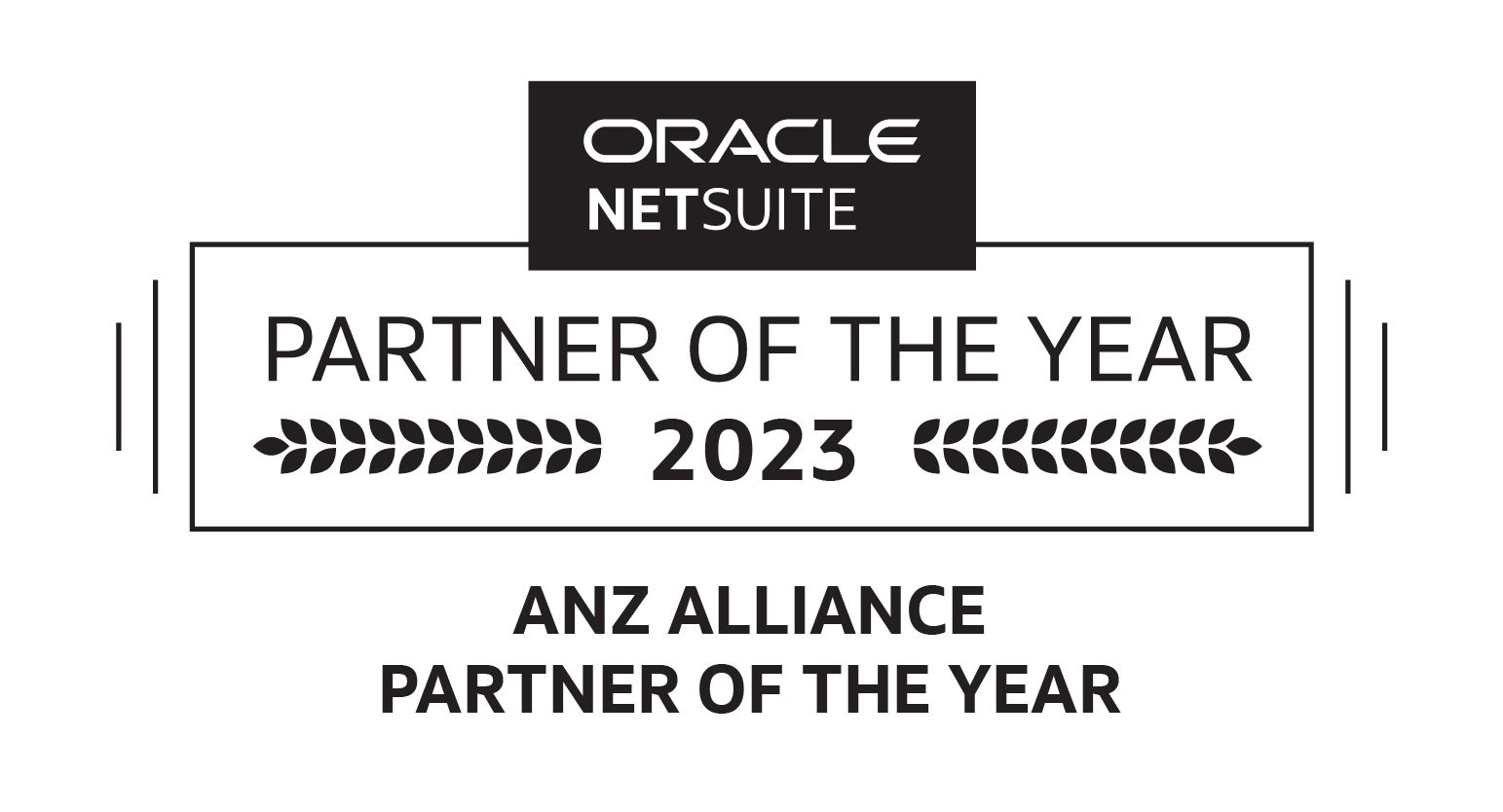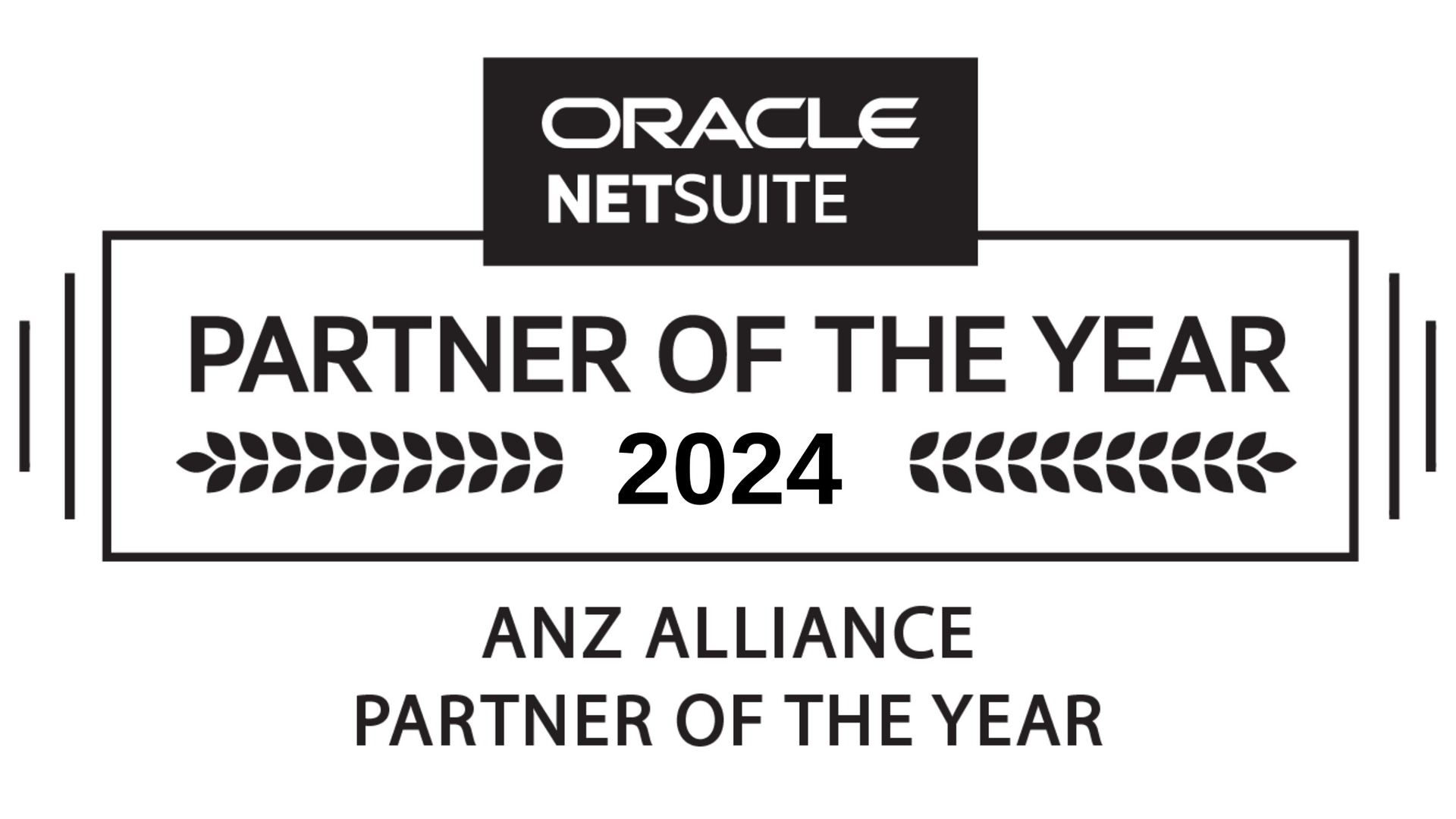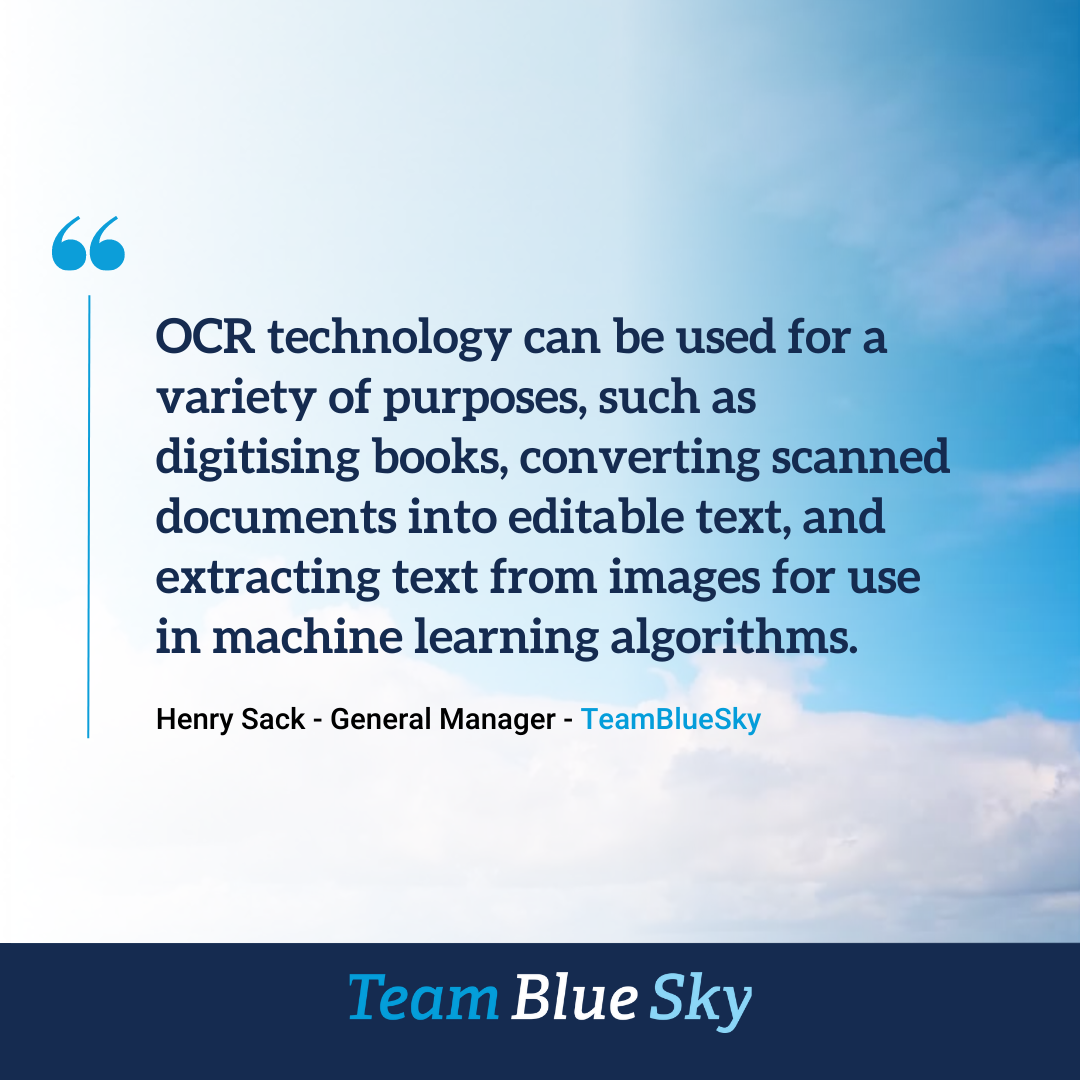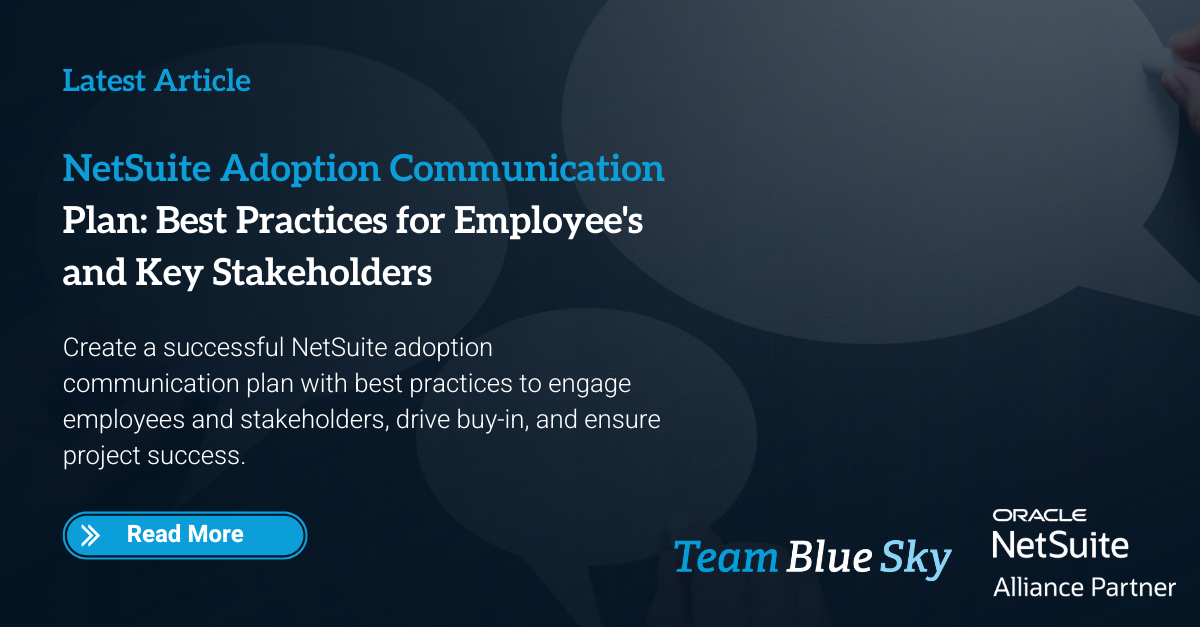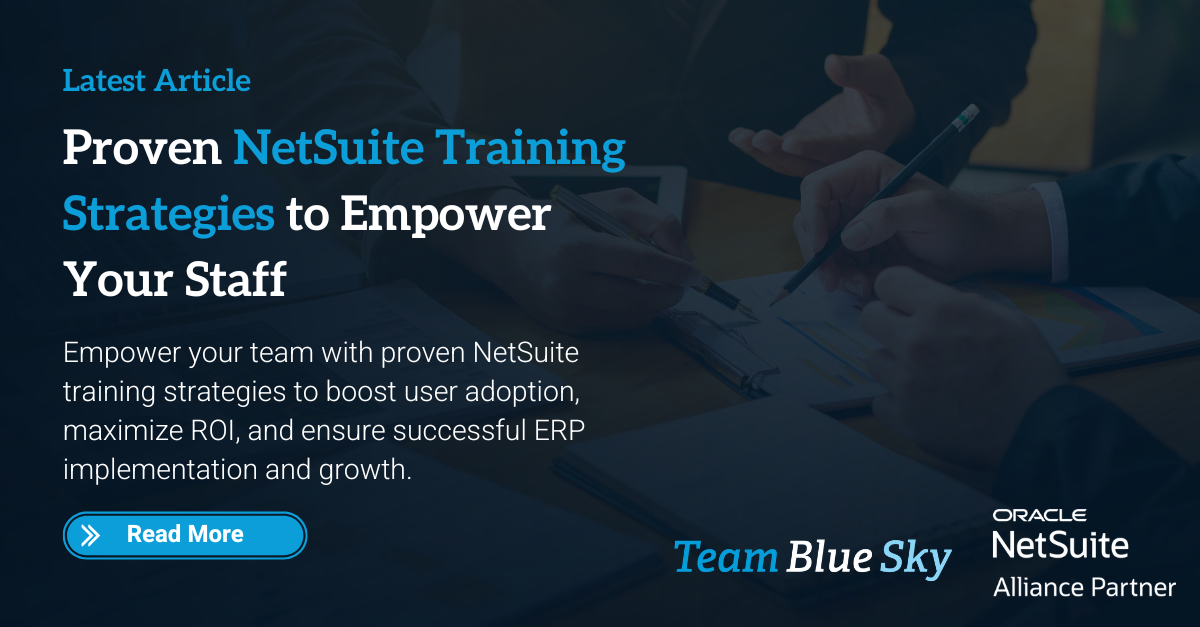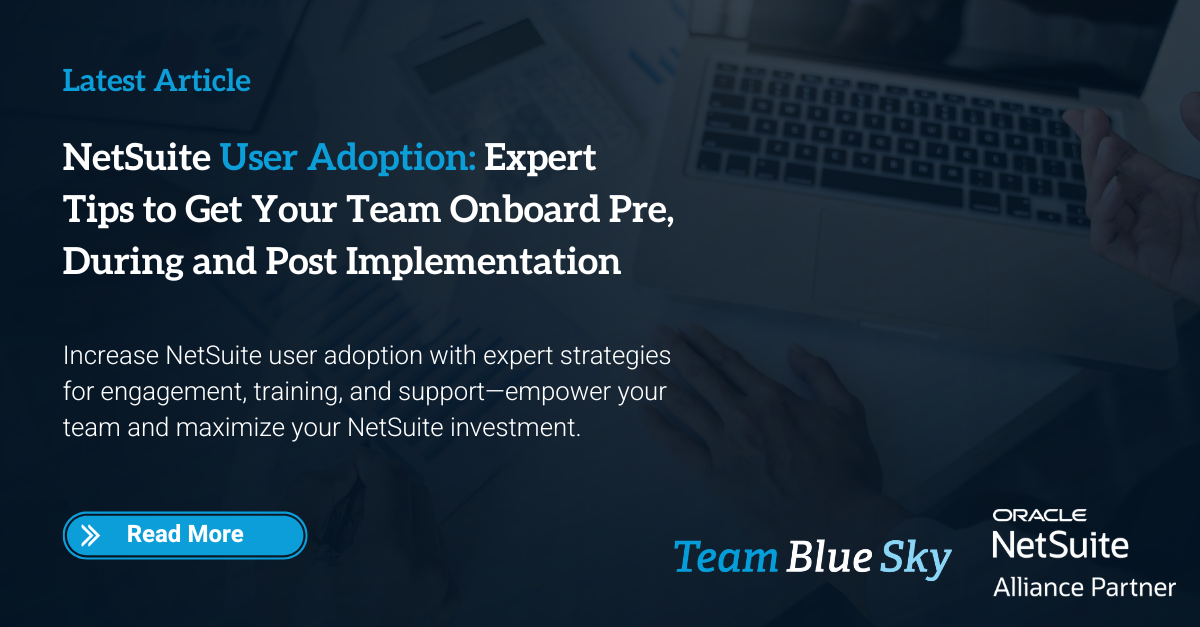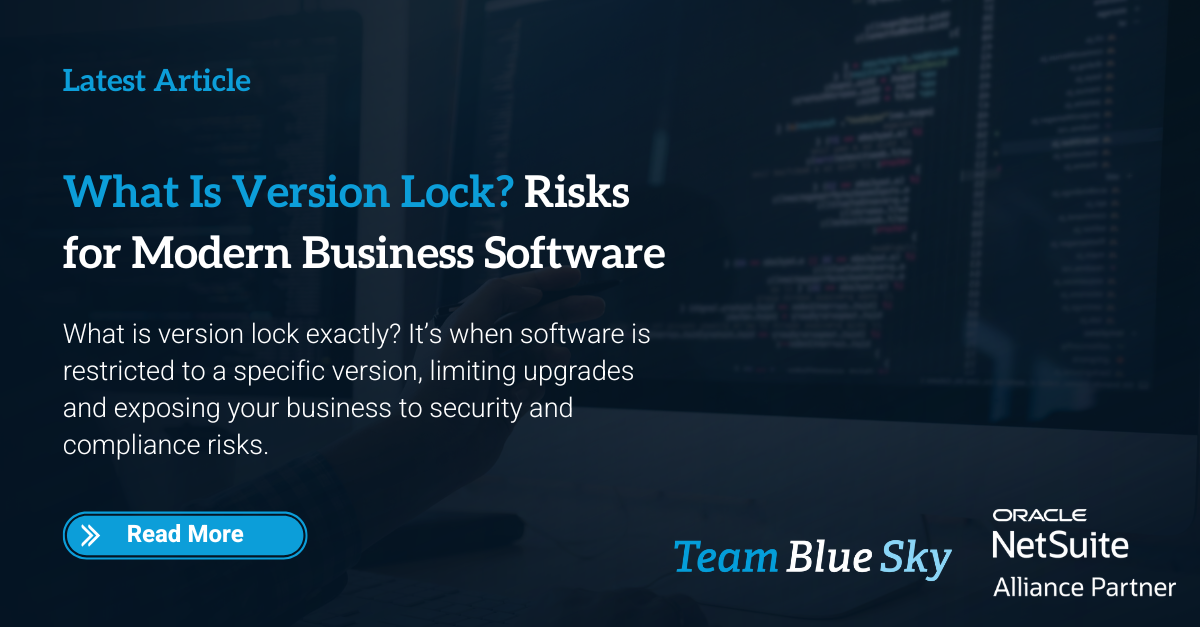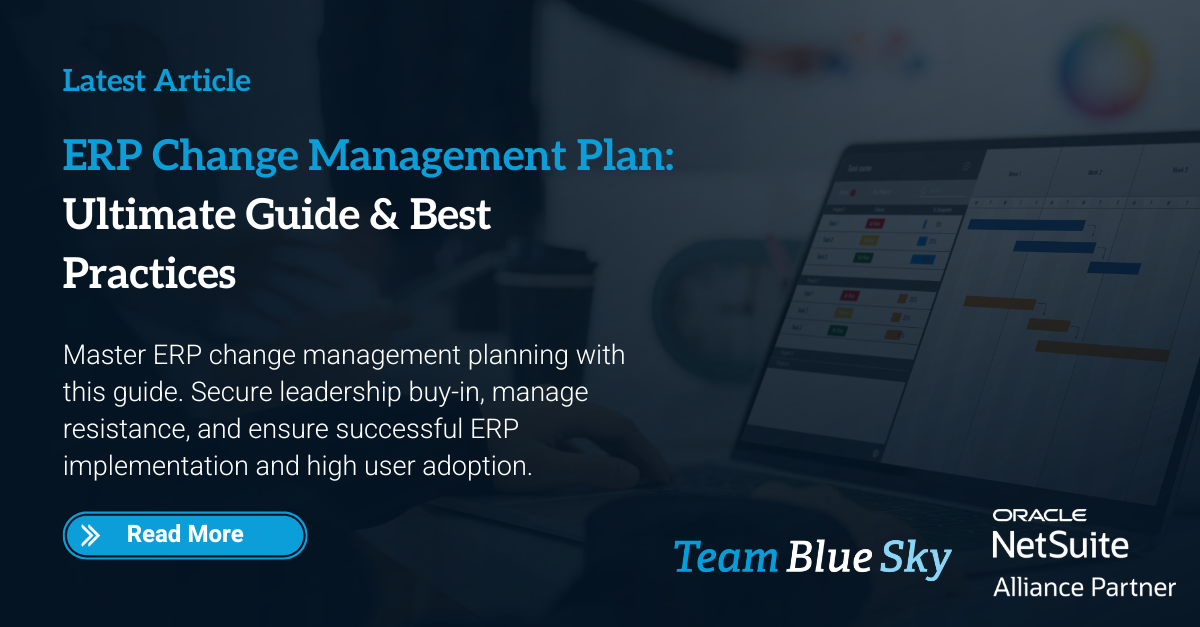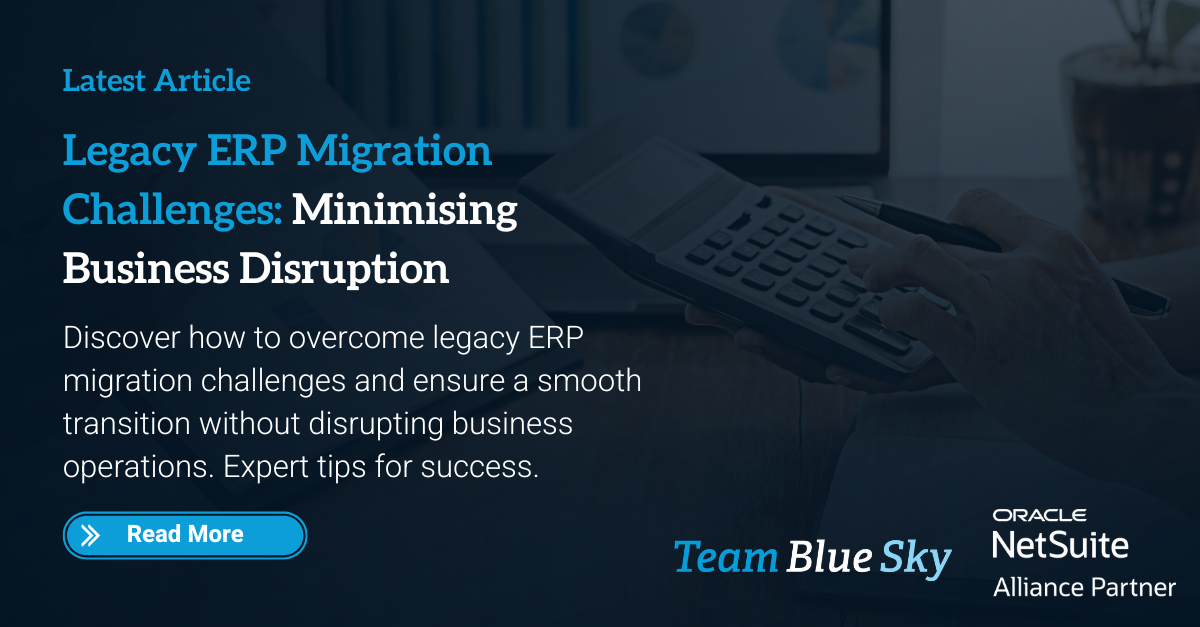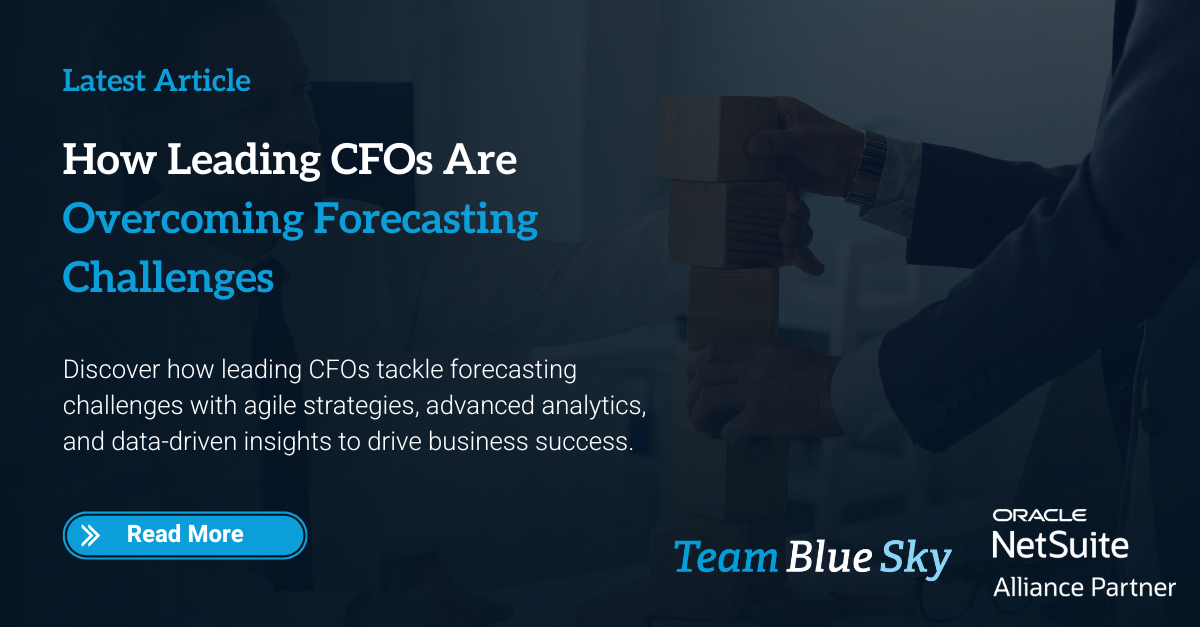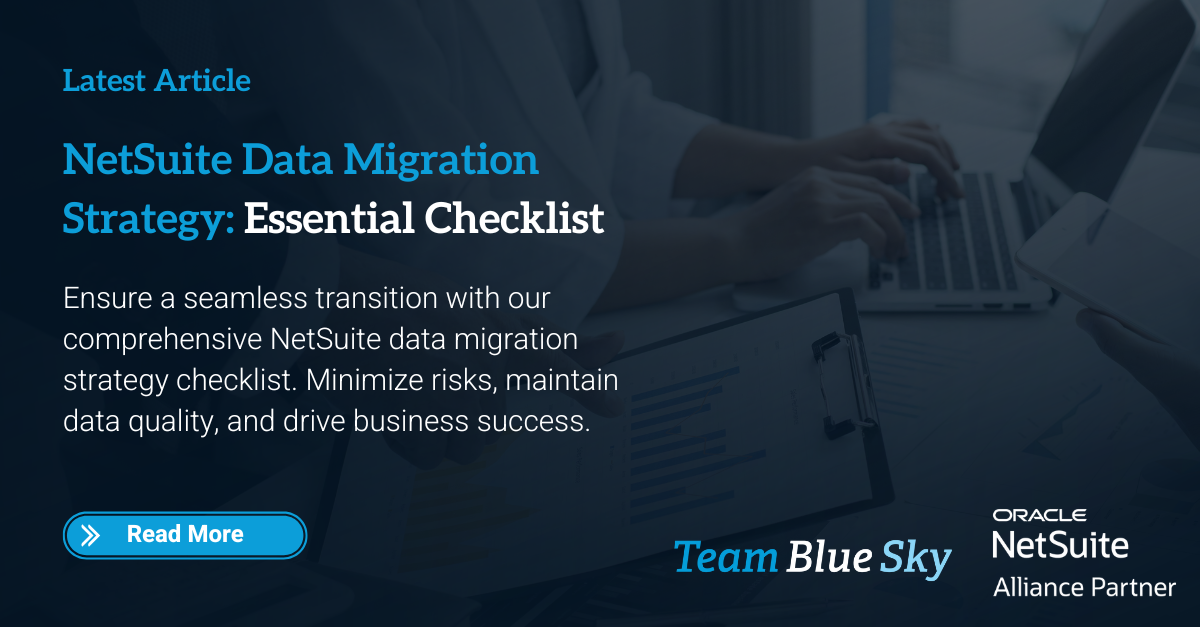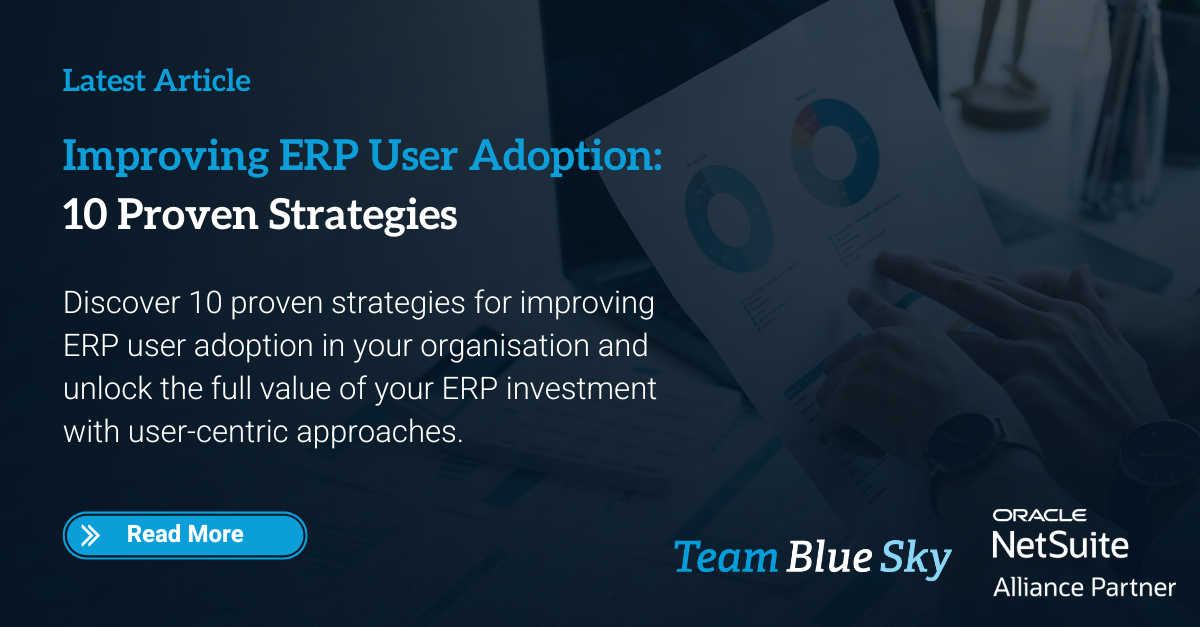How Optical Character Recognition Technology Has Changed Accounts Receivable
What is optical character recognition (OCR) technology and how does it work?
Optical character recognition (OCR) is a type of technology that allows images of text to be converted into machine-readable text. This can be done by scanning a document or taking a picture of it with a digital camera. OCR software then analyses the image and uses pattern recognition algorithms to identify the characters in it. Once the characters have been identified, they can be converted into digital text. This process can be used to convert images of handwritten or printed text into digital text, which can then be edited or searched using a word processor or other software. OCR technology can be used for a variety of purposes, such as digitising books, converting scanned documents into editable text, and extracting text from images for use in machine learning algorithms.
This technology can be applied to critical business functions, such as
accounts payable and
accounts receivable, literally replacing the need for manual data entry. Consider a company that needs to scan and OCR 1,000 invoices per week. In the past, this would have been a time-consuming and error-prone task, requiring employees to manually enter the data from each invoice into the company’s accounting system. But with OCR technology, all that is needed is for the invoices to be scanned and fed into the software. The OCR software will then do the rest, quickly and accurately converting the images of text into digital data that can be imported into the accounting system. This can save the company a significant amount of time and money, as well as reduce the chance of errors being made in the data entry process.
How has OCR technology changed the accounts payable process?
Accounts payable is the process of tracking and managing money that is owed to suppliers and vendors by a business. In the past, this process was largely manual, requiring businesses to keep track of invoices, payments, and supplier contact information on paper or through laborious data entry. However, the advent of optical character recognition (OCR) technology has revolutionised the accounts payable process. OCR technology allows businesses to scan and digitise paper documents, making it easier to track and manage supplier invoice information. In addition, OCR can be used to automatically extract data from invoices and other documents, making it possible to automate many aspects of the accounts payable process. As a result, OCR technology has made it easier for businesses to manage their accounts payable and get paid in a timely manner.
Webexpenses is an example of modern OCR technology in use for your accounting department. This software uses OCR to automatically extract data from receipts and invoices, making it easy to track expenses and manage your budget. In addition, Webexpenses can be integrated with many accounting software, including NetSuite, making it easy to keep track of payments and invoices. As a result, OCR technology can save your business time and money by automating the accounts payable process.
Tips for implementing OCR scanning into your accounts payable process
Many businesses are now using OCR scanning to automate their accounts payable process. This can be a great way to save time and reduce errors, but it is important to make sure that the transition is done smoothly. Here are a few tips to help you implement OCR scanning into your accounts payable process:
1. Make sure that you have high-quality scanned images. OCR scanning is only as accurate as the images that it is working with, so it is important to make sure that your scanned documents are of the best quality possible.
2. Use data validation rules. Data validation rules can help to ensure that the data extracted from your scanned documents is accurate. By setting up rules for things like date format or invoice number, you can help to reduce errors in your system.
3. Test, test, test! Before you go live with your new OCR system, it is important to test it thoroughly. Send a few real-world invoices through the system and make sure that the results are coming back as expected. This will help to avoid any surprises down the road.
By following these tips, you can help to ensure that your transition to OCR scanning is smooth and successful.
The future of OCR technology
As anyone who has ever had to do a lot of data entry knows, reading text from documents can be a tedious and error-prone process, and any opportunity for automation could lead to massive savings.
One exciting development in the world of OCR is in a variation of technology known as Intelligent Character Recognition (ICR). The difference between the two technologies is quite subtle but can be very powerful depending on the type of documents you are wanting to scan. With Optical Character Recognition, usually, the software is trained to look for data in certain locations on a scanned document. This is fine when it works, but if your supplier's invoices are inconsistent in layout, or they make changes, there is a chance the OCR tool won't be able to function as intended. ICR on the other hand, is more sophisticated, in that it can identify characters anywhere on a scanned document and doesn't require the original document to be in a specific format. This means that it can be used to scan all sorts of different documents, including handwritten ones which were previously unreadable by computers.
Another area that OCR technology is making great strides in is accuracy. Thanks to advances in machine learning, OCR engines are now able to more accurately recognise characters from a variety of different fonts and writing styles. This means that fewer errors will be made when converting images of text into machine-readable form.
OCR technology has come a long way in recent years and shows no signs of slowing down. With continued advances in accuracy and speed, OCR will only become more widely used in the future. As a result, it will become increasingly important for businesses and individuals to be familiar with this technology and how it can be used to their advantage.
About TeamBlueSky
TeamBlueSky is an Australian
NetSuite Alliance Partner who has been helping clients achieve success with NetSuite and related software products for over 10 years. We are passionate about making it easy for people to implement new technologies, such as OCR, to help support their business processes. Our team of experts have a wealth of experience in accounts payable automation and can help you to implement OCR into your business with minimal disruption.
Contact us today to find out more about how we can help you take advantage of the latest technologies.

Henry Sack
General Manager

With over 12 years of experience as a NetSuite implementation consultant, Henry Sack leads TeamBlueSky’s team of NetSuite and accounting experts in his role of General Manager.
TeamBlueSky is a leading Australian
NetSuite Alliance Partner whose mission is to provide critical
NetSuite BPO and
Payroll services to NetSuite clients who are wanting to simplify their
back office processes and partner with a leading
NetSuite administration expert.
TeamBlueSky have also partnered with global Suite Developer Network partners to offer local solutioning, implementation and support services for global NetSuite SuiteApps.


